7 Ways to Enhance the Placebo and Limit the Nocebo Effects
The following is adapted from Called to Care.
A group of medical students was asked to participate in a study on two new drugs: a tranquilizer and a stimulant. Each student was given a packet containing either one or two blue or red tablets. They were not told that the tablets were inert and contained no medicine.
After taking the tablets, their questionnaire responses indicated that the red tablets acted as stimulants while the blue ones acted as depressants. The students weren’t actually reacting to the tablets. Instead, they were responding to the placebo/nocebo effect, or the idea that a patient may experience results while he or she is receiving an inactive substance in a clinical trial. (The placebo effect generates positive outcomes, while the nocebo effect yields harmful effects.)
The students responded to the suggestion that red typically means “up” or “hot,” hence, it was the simulant, while blue means “down,” “cool,” or “quiet.” Nevertheless, the placebo effect isn’t all in the patient’s head; those meanings actually have the power to create physiological changes.
When used intentionally, the placebo and nocebo effects are some of a healthcare professional’s most powerful patient-care tools. The following seven methods can serve as a checklist that will help you enhance the placebo while limiting nocebo, which, in turn, will enhance your patients’ positive outcomes.
1. Positive Framing
Imagine that you are about to get a flu vaccine and the nurse says, “The majority of people tolerate this well, they go right back to work, and they have no ill effects from this vaccine.” Alternatively, imagine the nurse saying, “This might cause a headache, you might have to miss a day of work, and you might get a fever.” The results overwhelmingly demonstrate that the second group develops these adverse effects.
Always consider this when relaying key data to patients. For example, you might say, “The great majority of patients who have what you have tolerate this treatment and do great.” When you say the opposite (e.g., that “5 percent of our patients report severe side effects),” patients focus on that 5 percent and consider themselves part of that group.
2. Shape Expectations
The most important question you can ask your patient is, “What is your expectation?” Supportive research has demonstrated that shaping expectations is a precursor to a positive outcome. Understanding expectations from the perspective of the patient is insightful as the ranges of experiences are broad and often counterintuitive to the provider. Questioning and clarifying, as well as setting agreements, leaves a patient with clarity, confidence, and understanding.
3. Leverage a Collaborative Model of Shared Decision-Making
When a patient and healthcare professional make decisions together, it allows the patient to have a sense of control and ownership of therapeutic decisions and the overall process. This enhanced autonomy increases perceived ownership of the shared plan, nurtures the therapeutic alliance, and makes adherence and engagement with the treatment more likely. Patients are more likely to believe in and take appropriate action toward their treatments when they understand them and feel like they’ve been included in the process.
4. Follow Patient Preferences
In some research cycles, patient preference has been shown as being equivalent to placebo in regard to positive patient outcome influence. If a patient comes to you with such a strong preference for a certain technique, unless it is harmful, you would be hard-pressed not to do it. When a patient follows their preferences for exercise and diet programs, it has the power to positively influence outcomes. You should always provide strong, evidence, based interventions alongside patient preferences, of course, but having these conversations is also beneficial for convincing patients that they are receiving patient-centered care, tailored to their needs and lifestyle.
5. Encourage Adherence
Simply taking medicine sends a signal to the body that we are doing something good, and it has a strong and powerful physiologic effect demonstrated in numerous studies. Consider the fact that when researchers measure adherence in terms of medication, it is usually whether or not a pill is taken 80 percent of the time. Remind patients that adherence is critical but that missing a few doses will not negate its effect. This reinforcement further influences the placebo effect.
6. Avoid Using Negative Words
Certain words have to be eliminated in our patient conversations. A study on patients receiving injections of radiographic substances indicated that anxiety and pain were heightened by the use of negative words like sting, burn, hurt, bad, and pain when explaining the procedure or expressing sympathy. In another study, the person injecting a local anesthetic before the induction of epidural anesthesia in women about to give birth said, “We’re going to give you a local anesthetic that will numb the area so you will be comfortable during the procedure.” Alternatively, patients were told, “You’re going feel a big bee sting; this is the worst part of the procedure.” The perceived pain was significantly greater with the latter statement.
7. Take Gender into Account
There is no real difference between men and women relative to their propensity to be influenced by placebo; however, they are influenced differently. For women, it is through conditioning. In studies of chemotherapy, if women take a lemon-juice drink with the chemo, they begin to associate the two and have nausea and vomiting with just the sight and smell of the lemon juice. This can be used in a positive way; for example, if you have had a positive effect from a visit to a physical therapist, you are more likely to associate that in a conditioning way for future visits.
Men are most susceptible to the shaping of expectations. Men like to be told what to do and what to expect. For example, consider a large study on benign prostatic hyperplasia (BPH). Men who were given drugs were put into two groups. One group was told that they would have various sexual dysfunctions; a second group was not told anything. As you can imagine, the group that was told they would have dysfunction had it three-to-one over the group that did not.
Embrace the Effects
By embracing the science of placebo and nocebo, healthcare professionals are able to help their patients get on the road to recovery faster. We should strive to shape our patients’ expectations by being positive, framing patient communication in a positive way, monitoring and adherence, and understanding how to negate the nocebo.
Many of us are likely already employing some of these strategies without realizing there is sound science behind them. However, the evolving science suggests that it is time to broaden our knowledge to better leverage and employ such techniques with the goal of promoting more positive outcomes in our patients through the placebo effect.
For more advice on patience, you can find Called to Care on Amazon.
Dr. Larry Benz, PT, DPT, OCS, MBA, MAPP, is the co-founder of Confluent Health, a network of physical therapy and related healthcare companies dedicated to delivering exceptional care, educating and developing highly effective clinicians, strengthening private practice, reducing healthcare costs, and elevating care in healthcare. A frequent lecturer at Physical Therapy programs, national conferences, and MBA schools throughout the country, Dr. Benz graduated from Bowling Green State University trained at Baylor University and the University of Pennsylvania. He is a nationally recognized award recipient for his expertise in private-practice Physical Therapy and occupational medicine. As the co-developer of Jacmel Rehabilitation, Dr. Benz and his colleagues at Confluent Health and other various organizations have built a sustainable physical rehabilitation clinic in Haiti. For more information, please visit PThelpforHaiti.org and CalledtoCarebook.com.



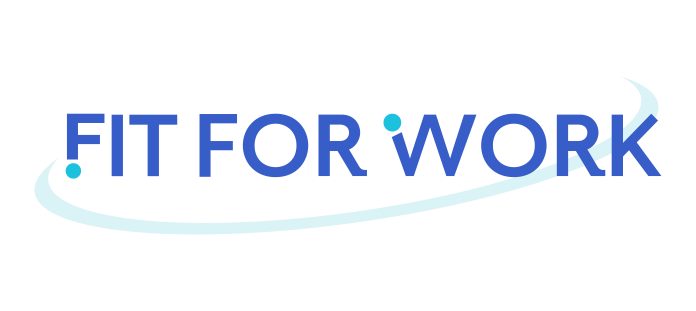


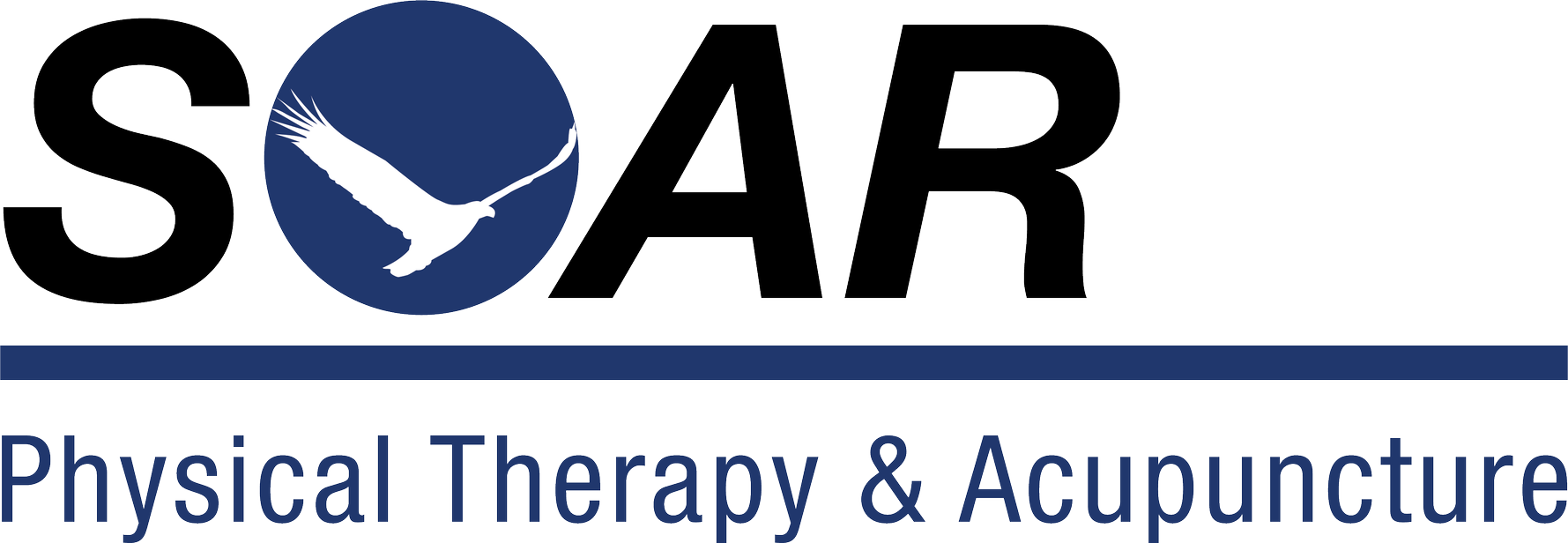


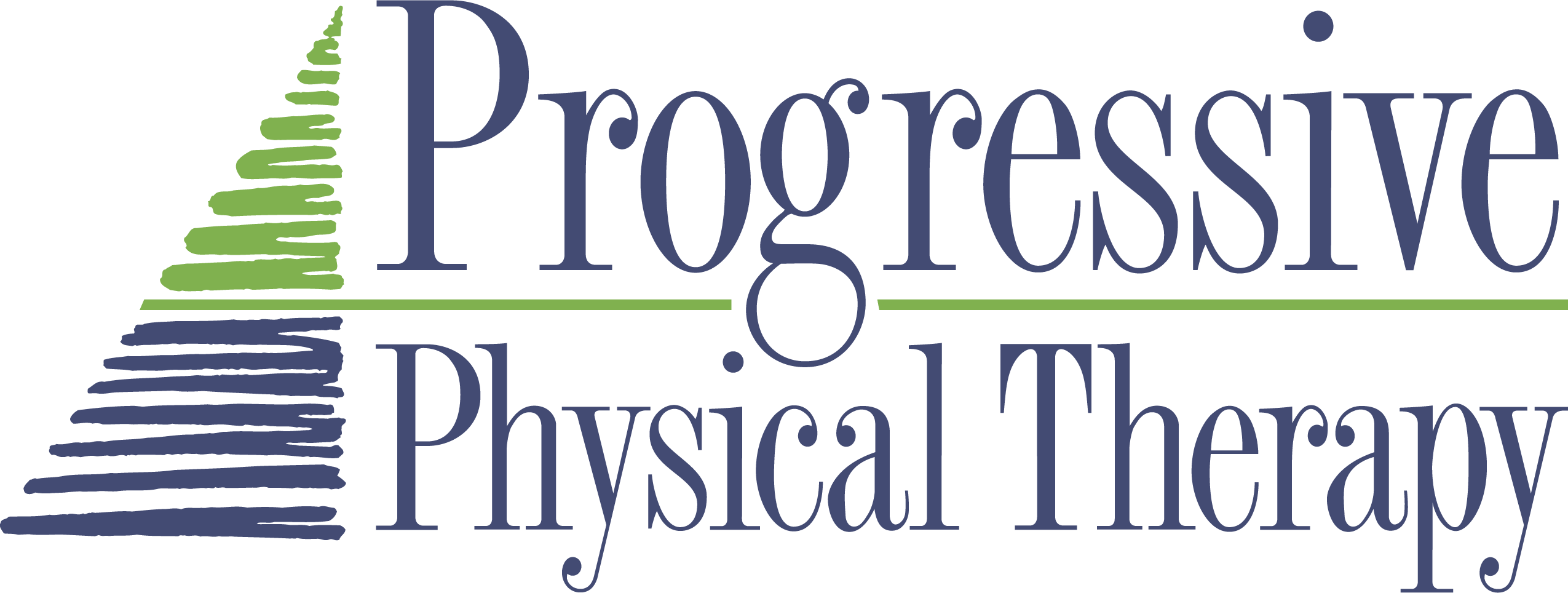

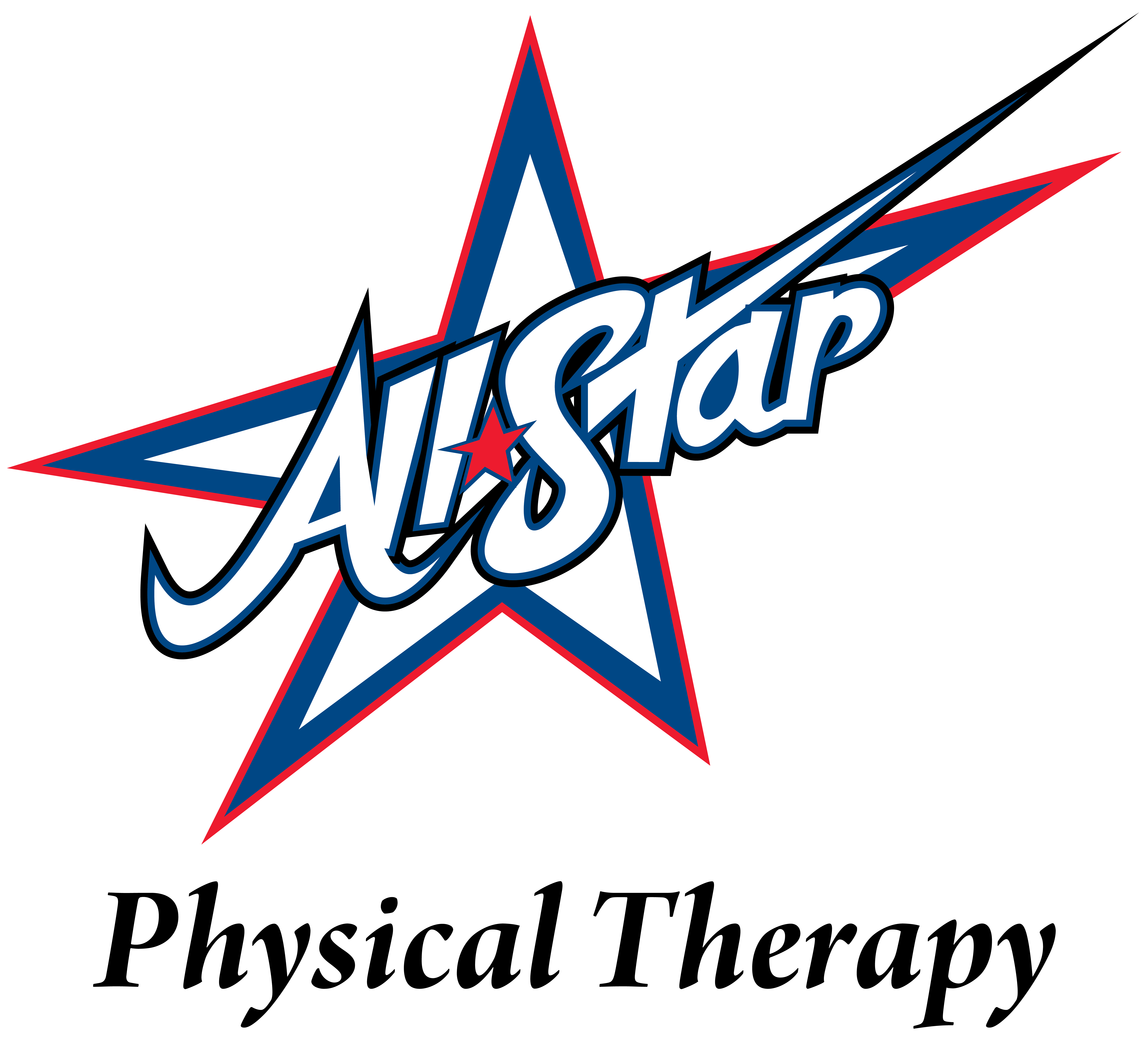




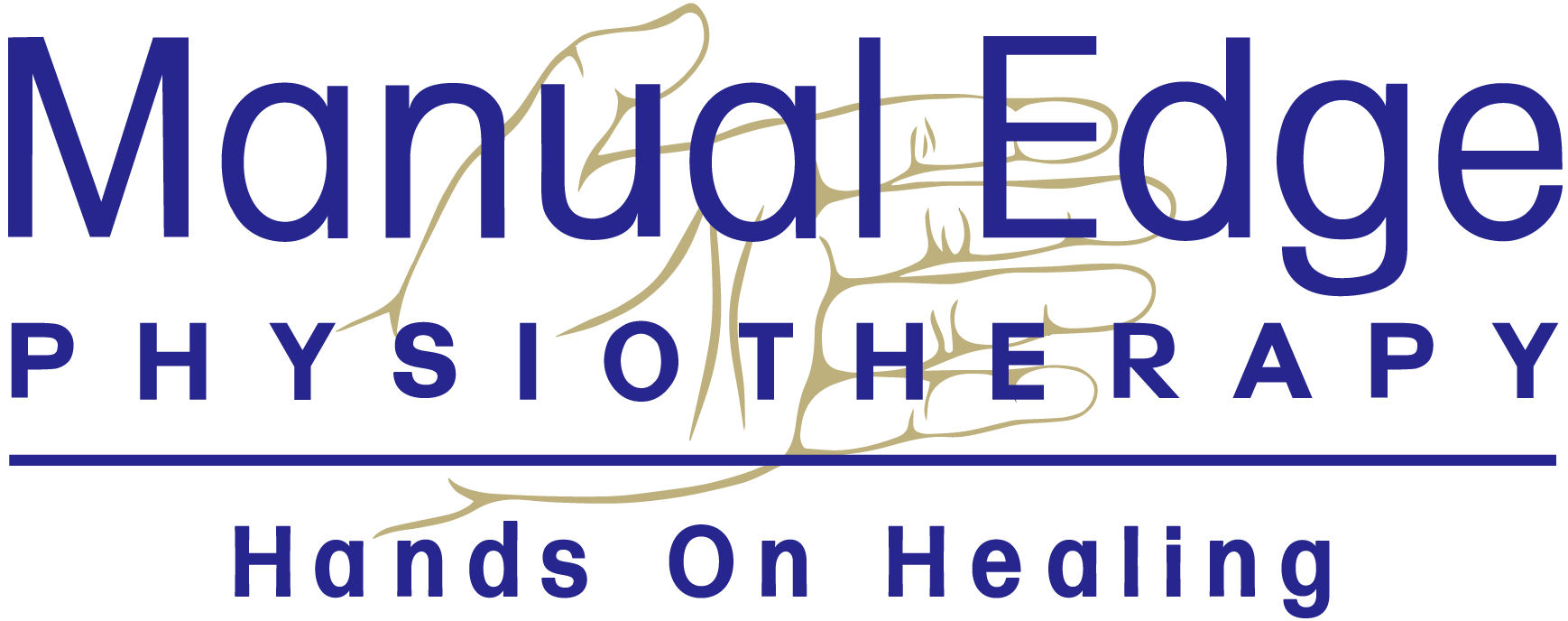
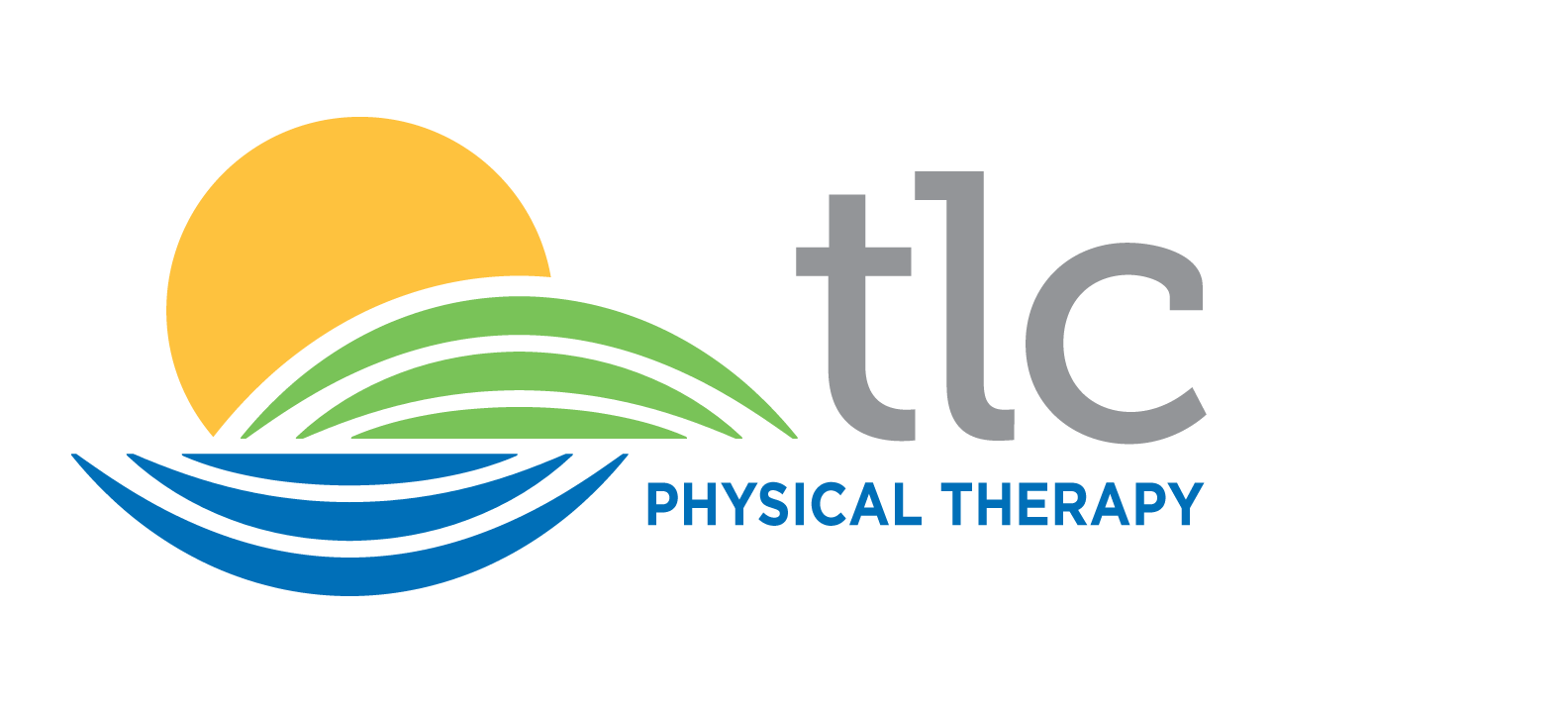
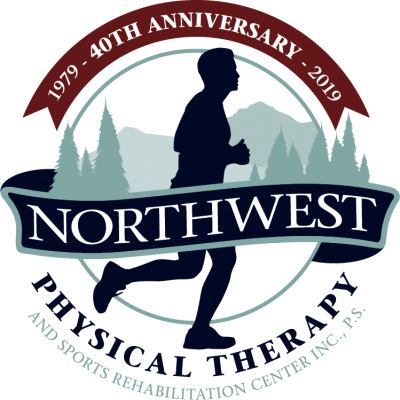



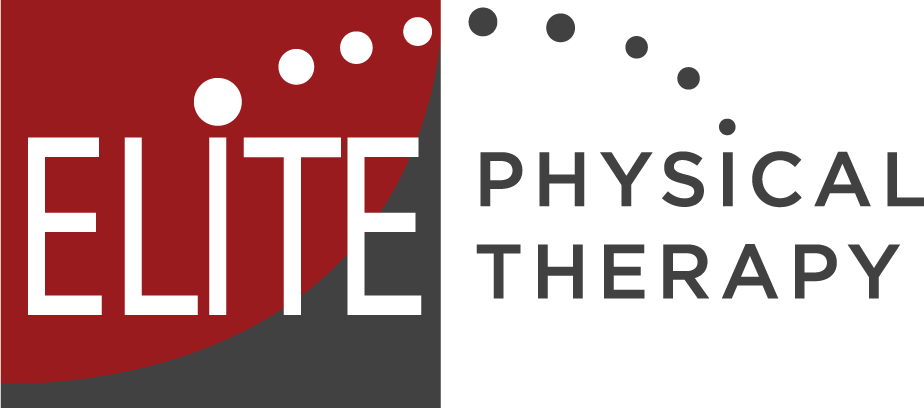

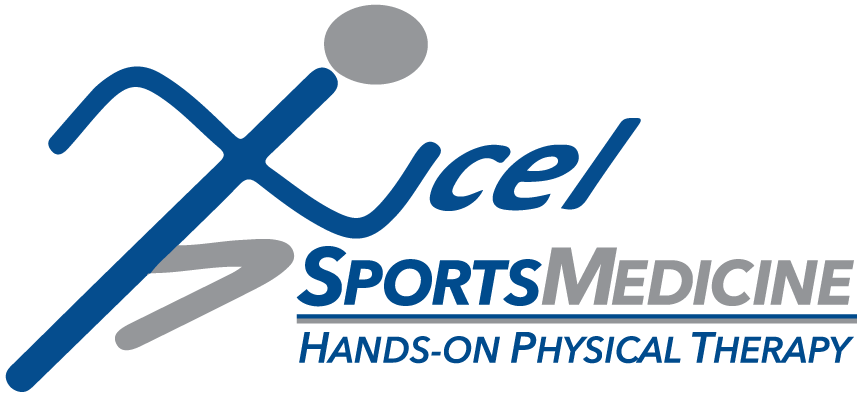



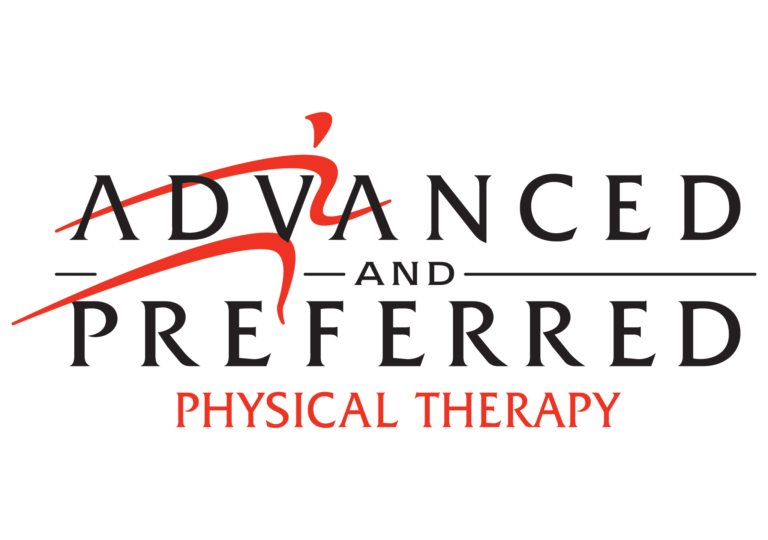

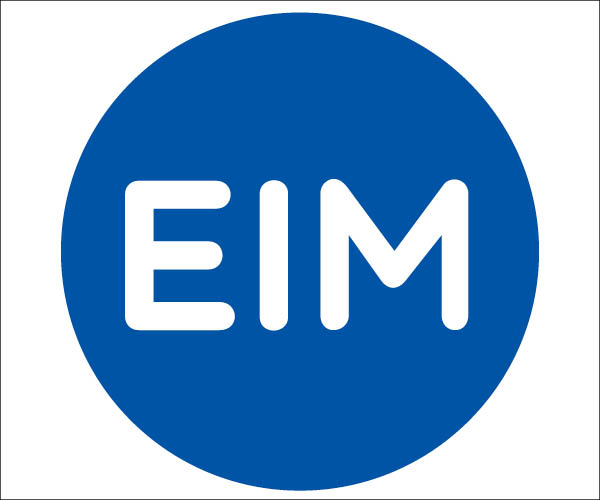

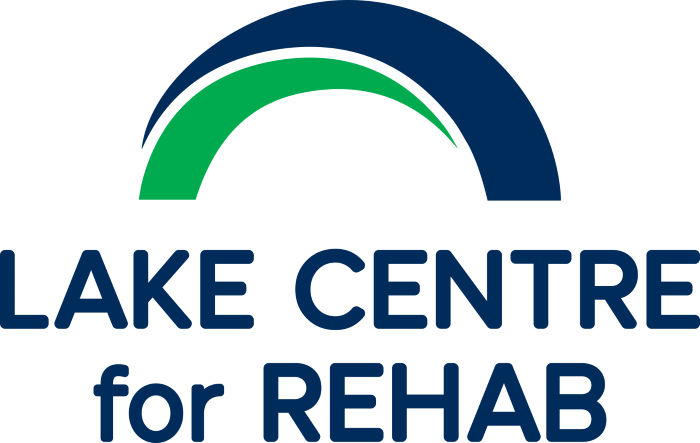
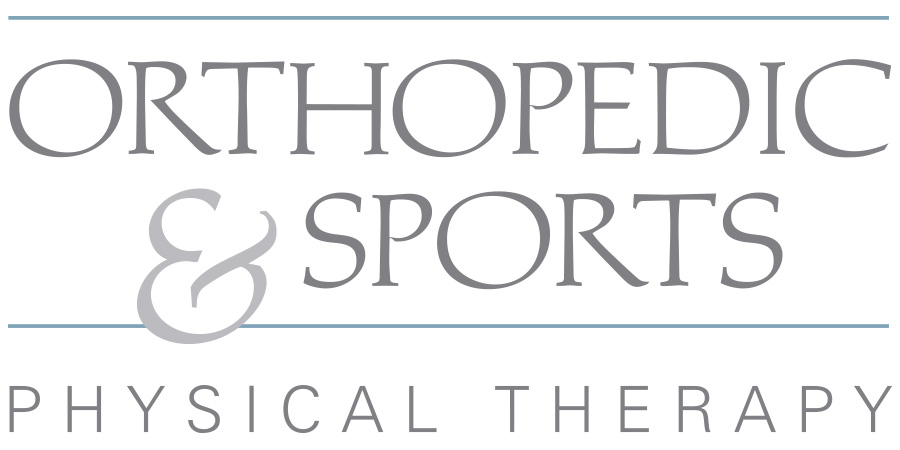

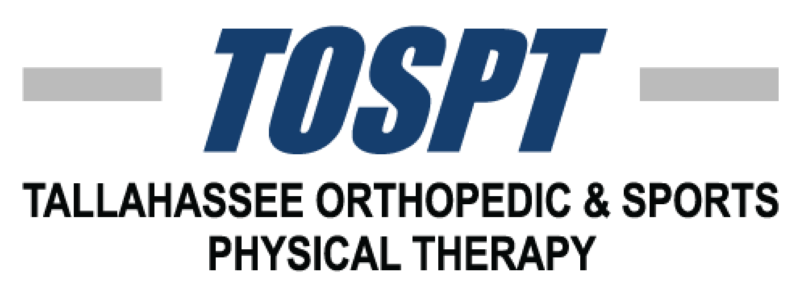






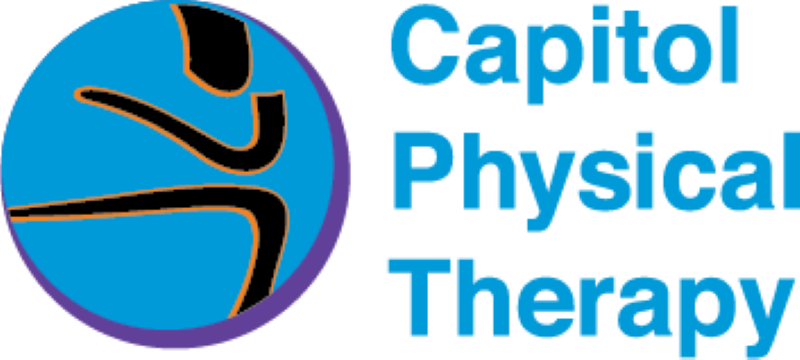






 Director of Marketing, Training and Professional Development
Director of Marketing, Training and Professional Development Marketing Consultant | Boutique Partners
Marketing Consultant | Boutique Partners Digital Marketing Specialist
Digital Marketing Specialist Digital Marketing Manager
Digital Marketing Manager Senior Graphic Designer
Senior Graphic Designer Content Production Manager
Content Production Manager Graphic Designer
Graphic Designer Senior Director of Partner Growth
Senior Director of Partner Growth Hive Marketing Liaison
Hive Marketing Liaison Digital Marketing Campaign Specialist
Digital Marketing Campaign Specialist Marketing Analyst
Marketing Analyst VP Brand Communications
VP Brand Communications  Web Designer
Web Designer Marketing Communications Specialist
Marketing Communications Specialist PR + Communications Manager
PR + Communications Manager Senior Director, Consumer Media Group
Senior Director, Consumer Media Group